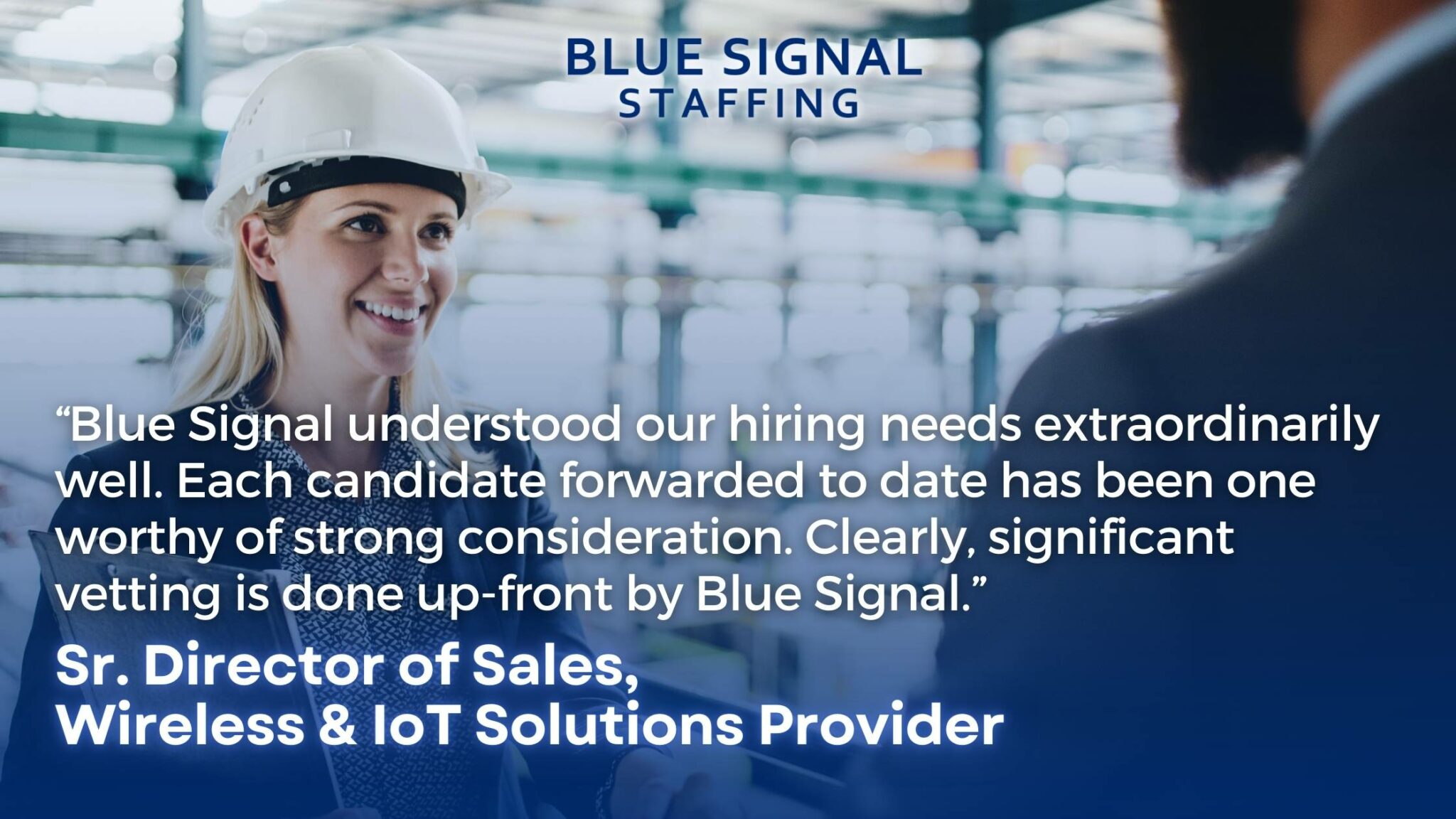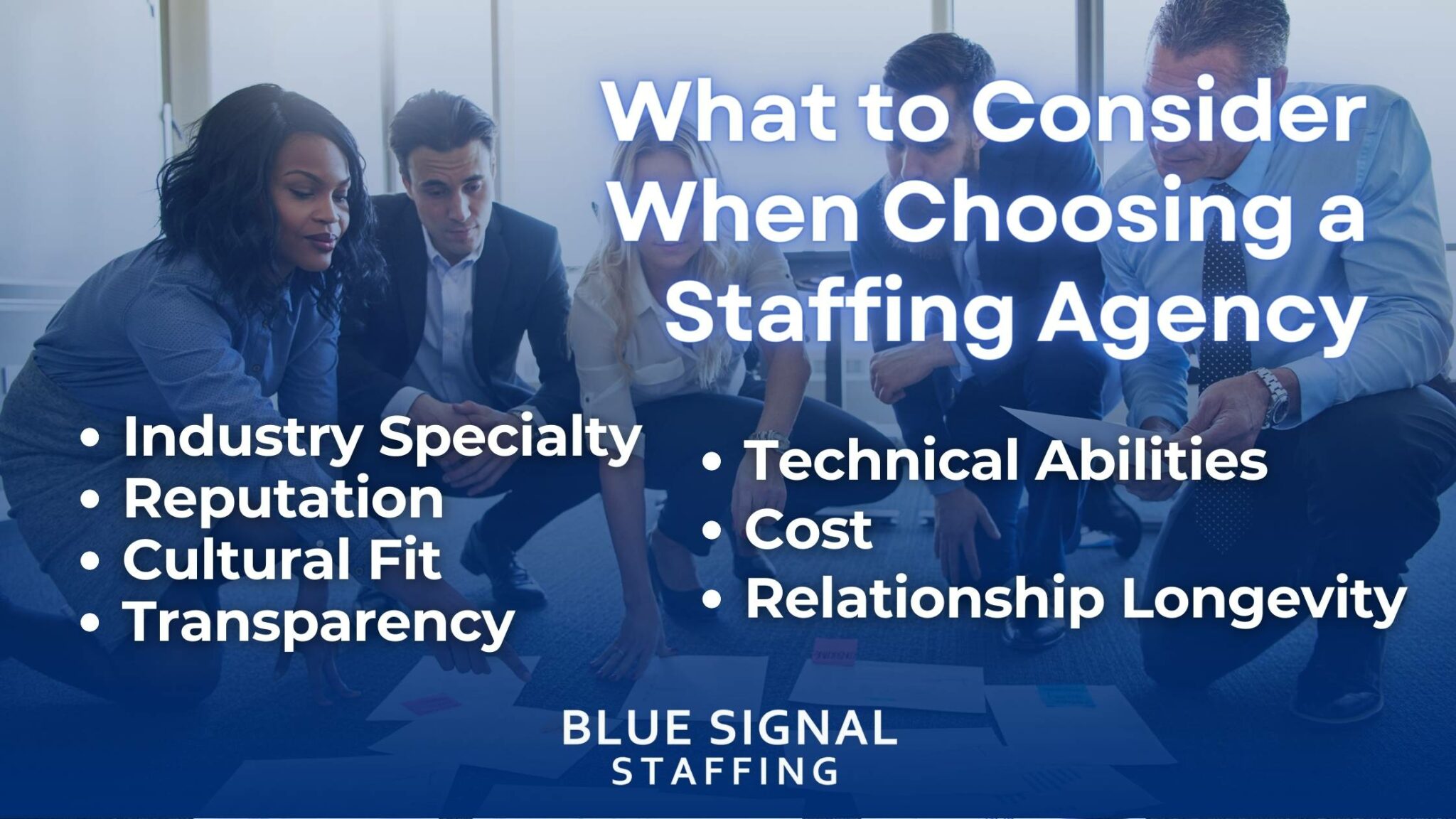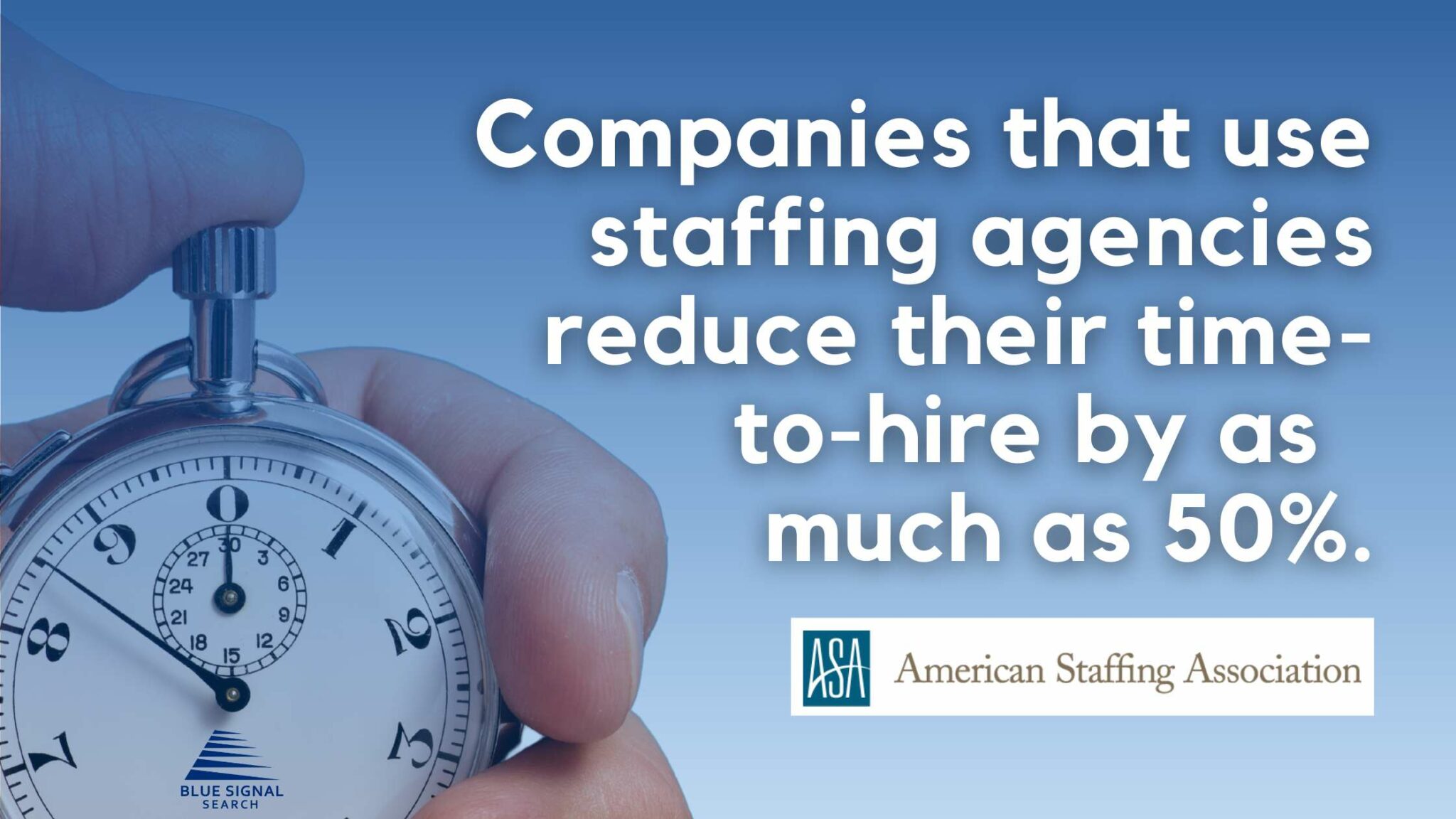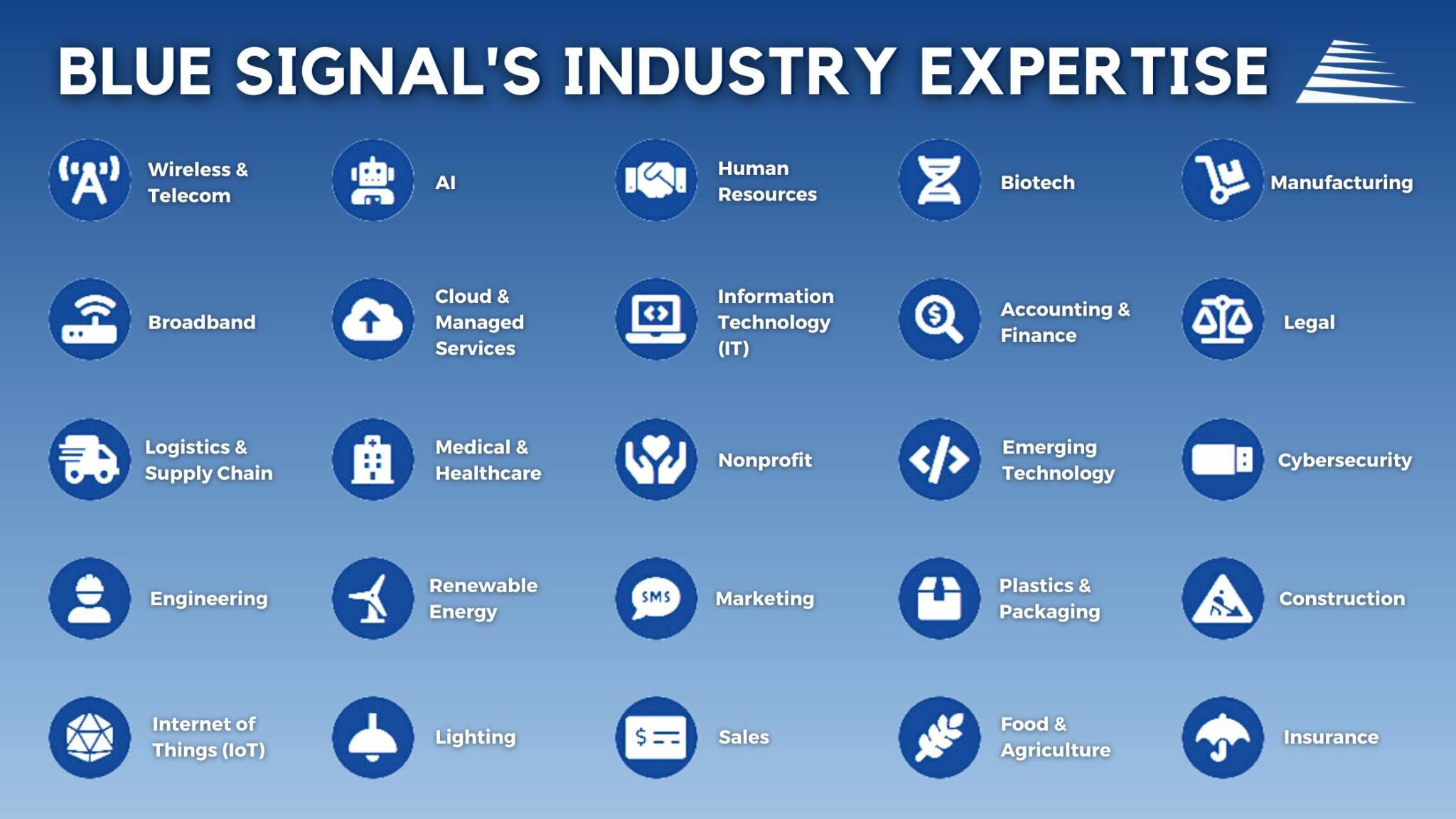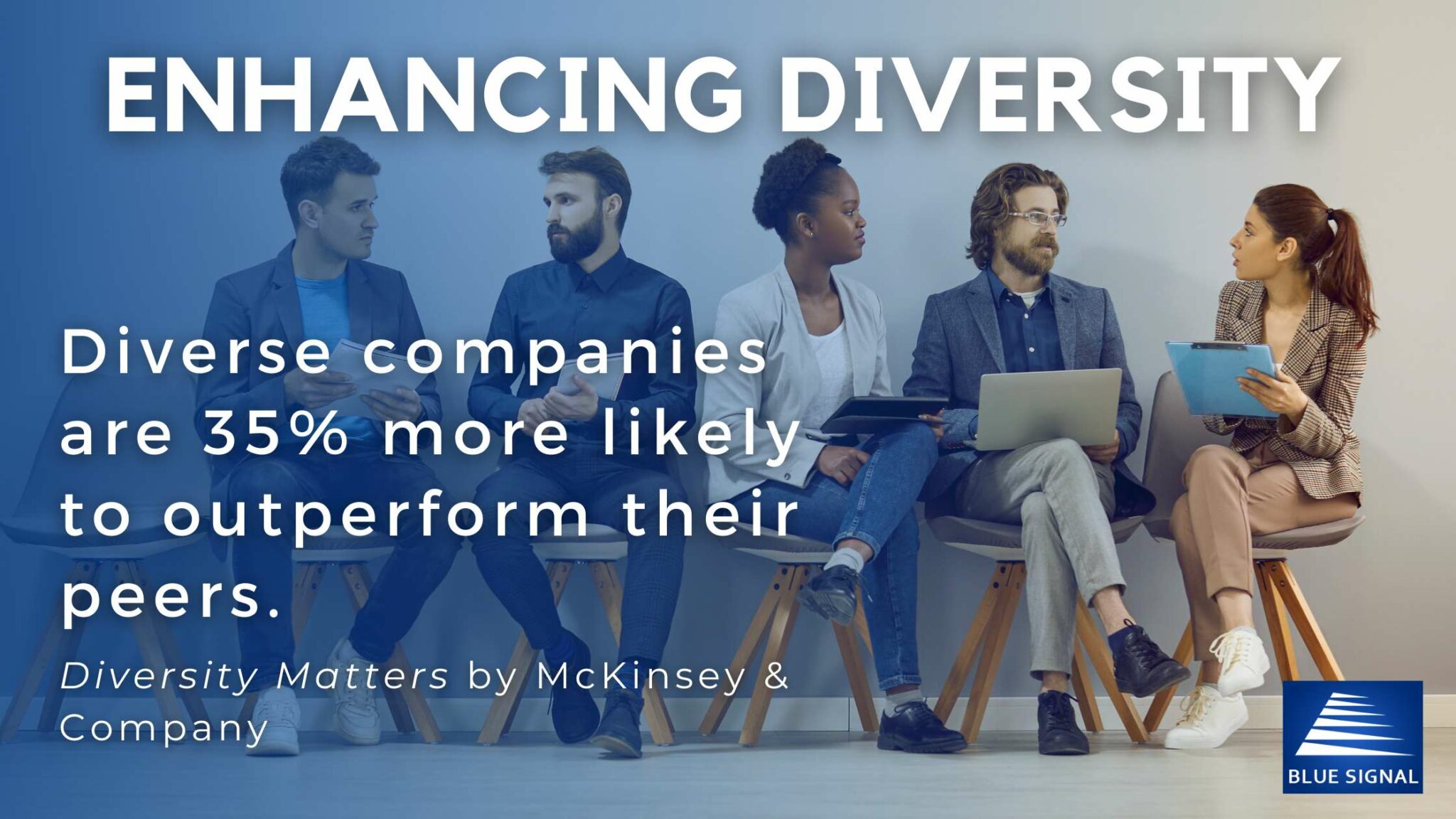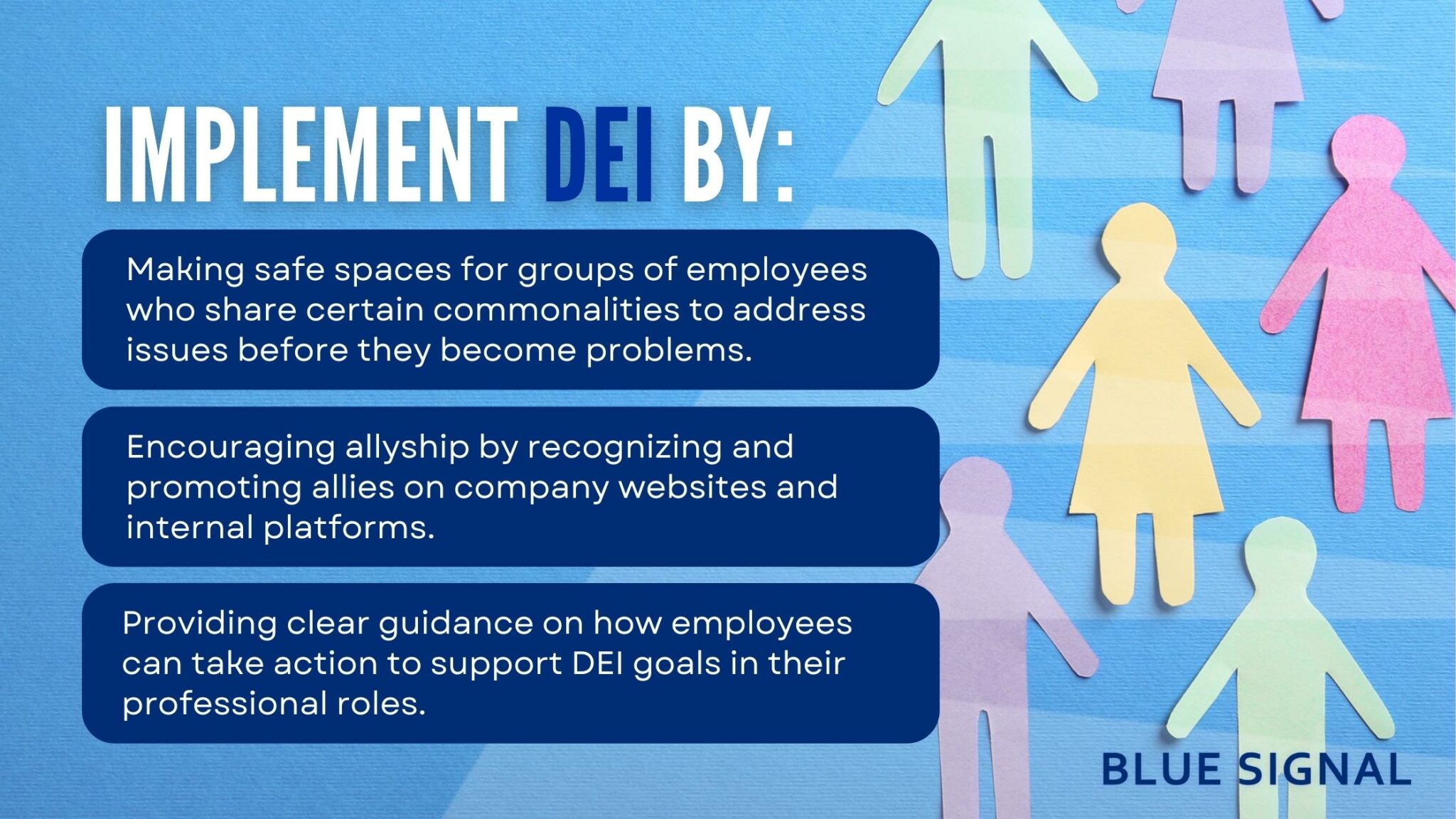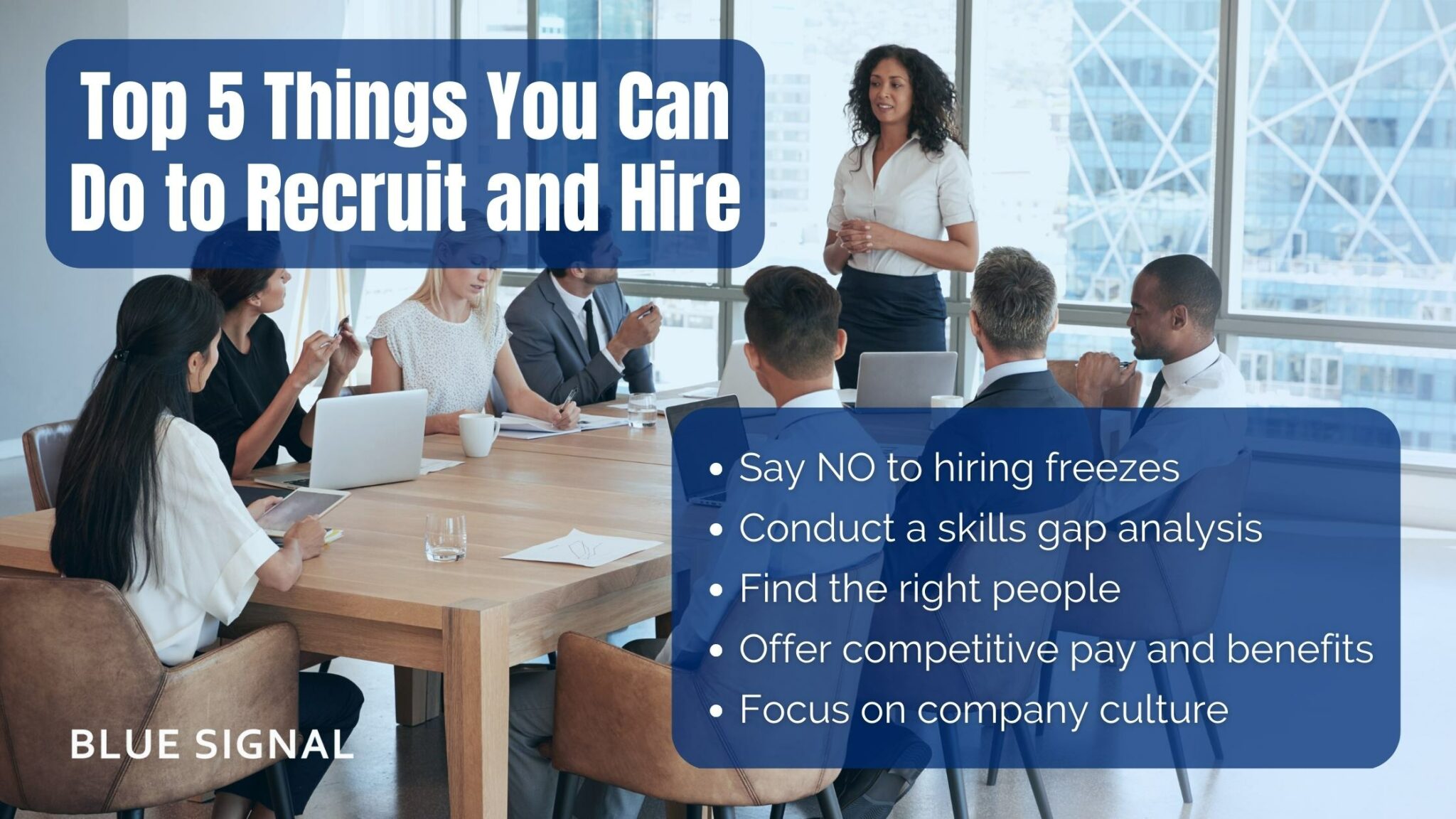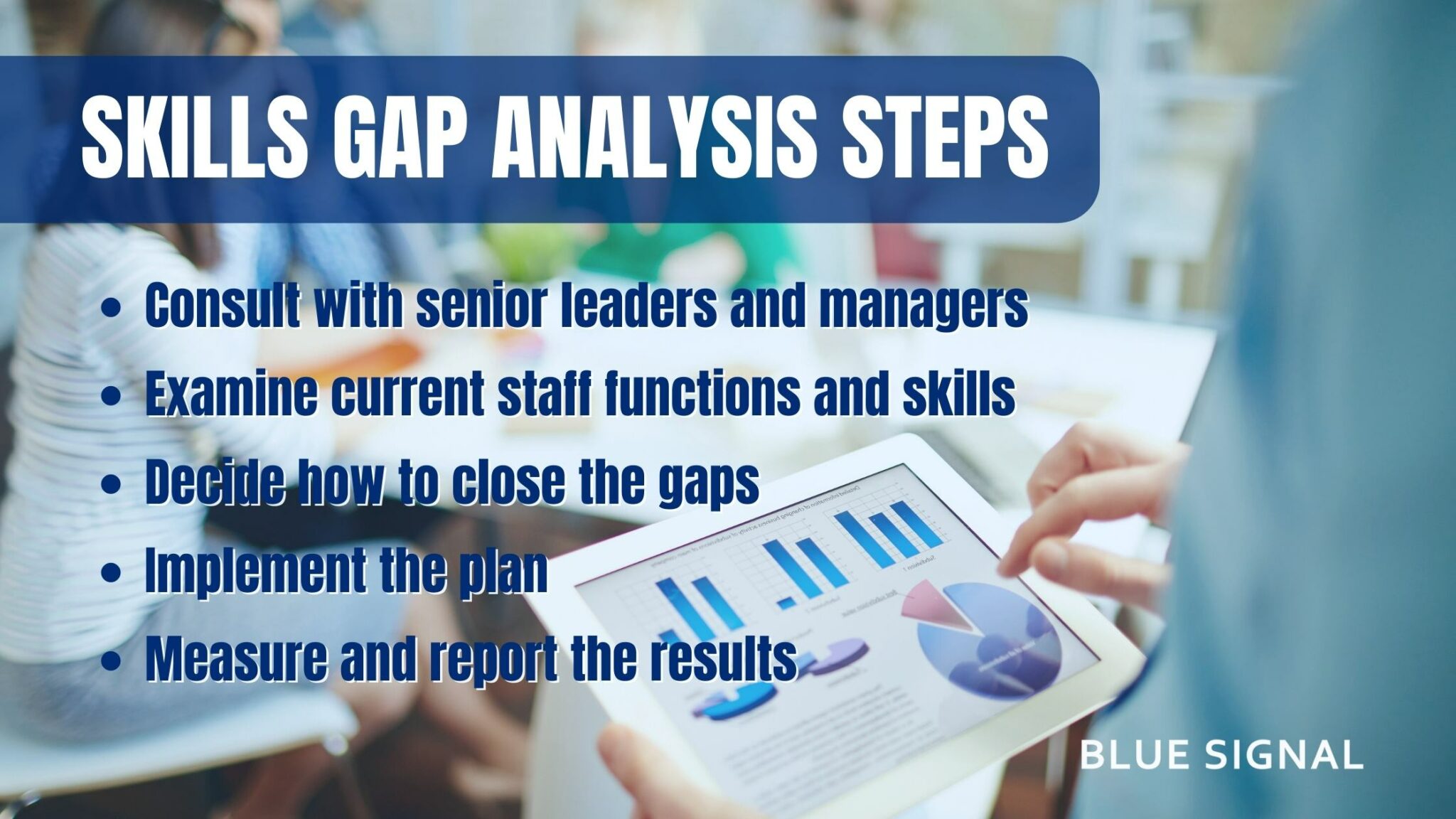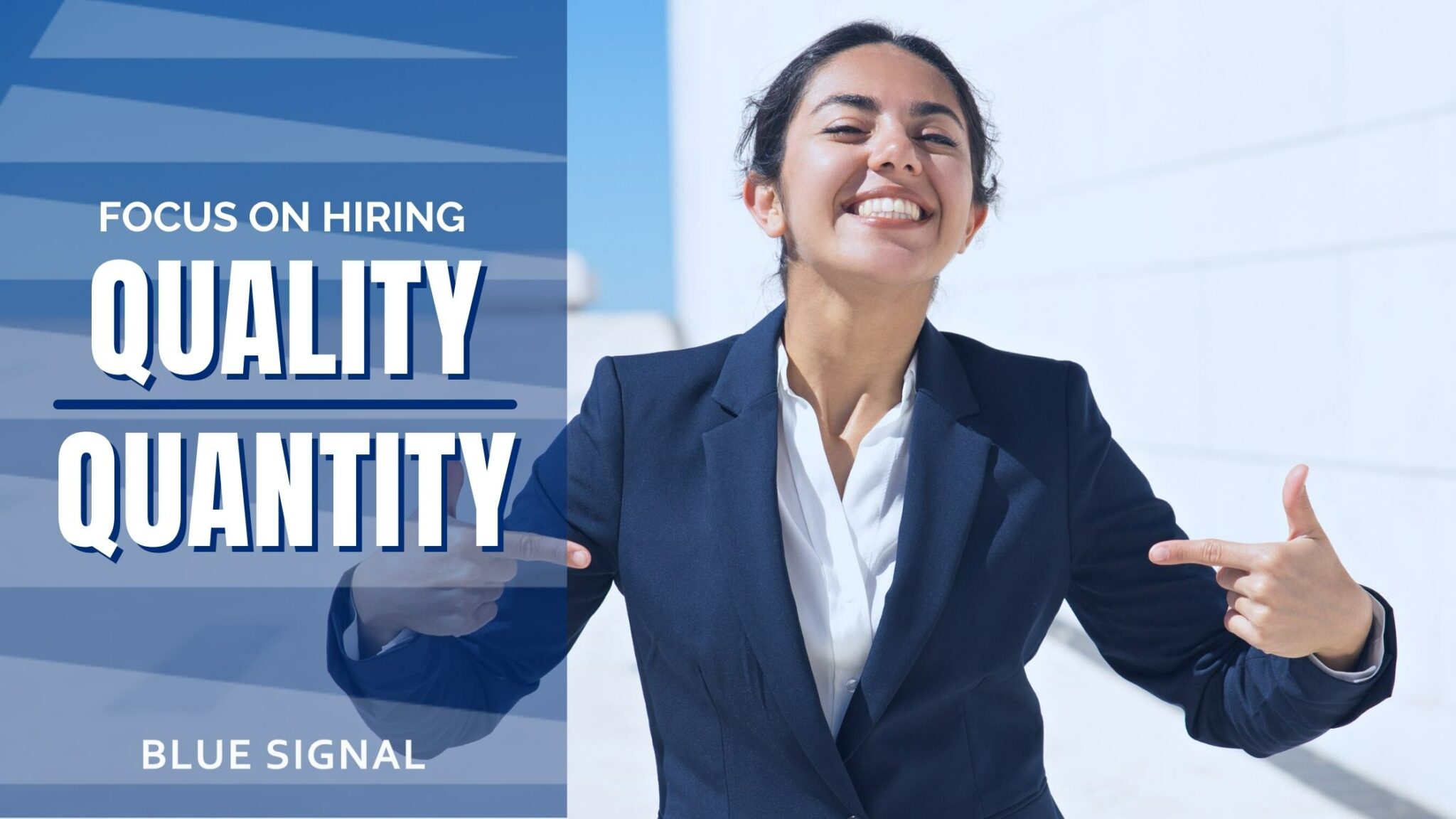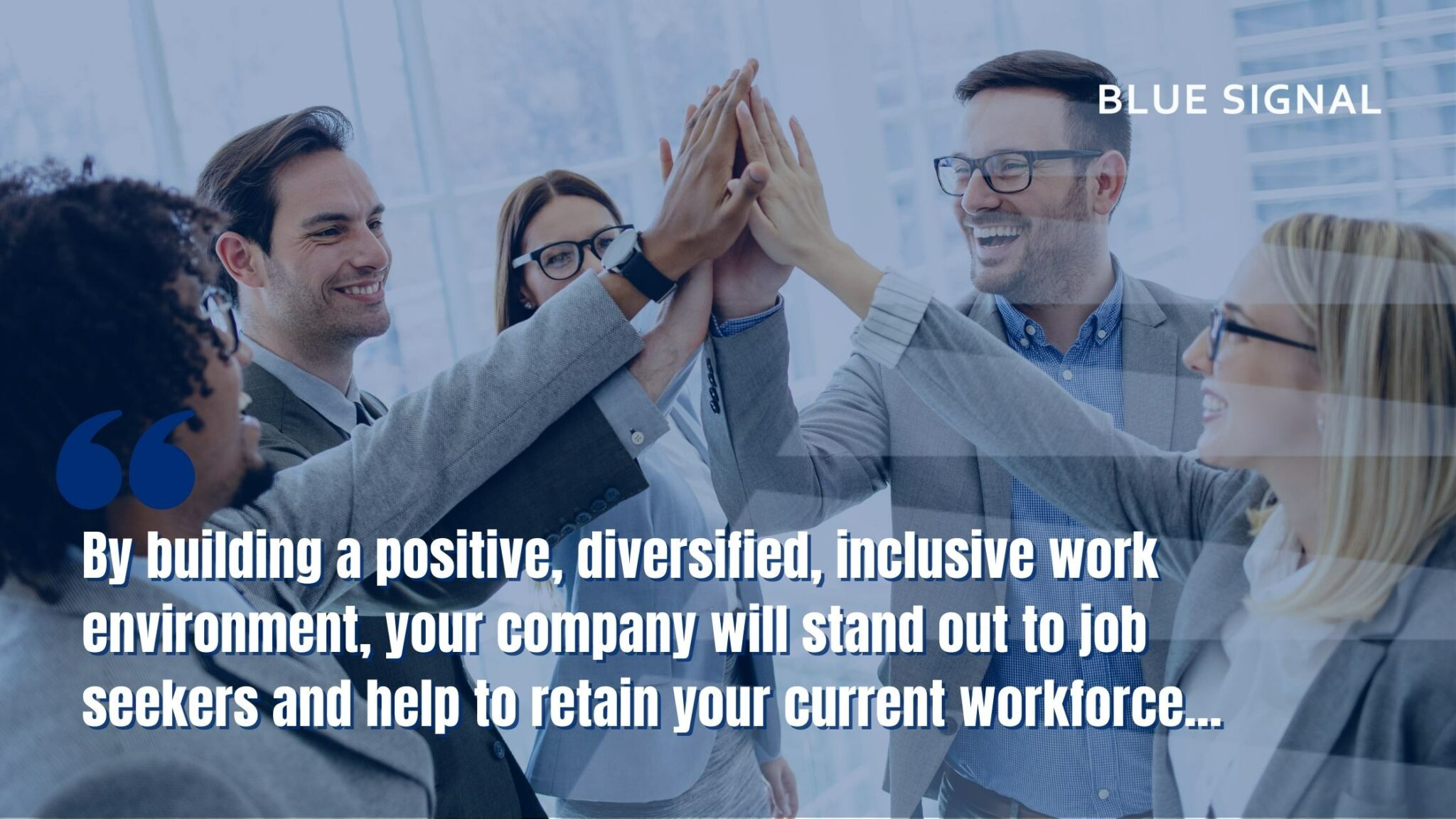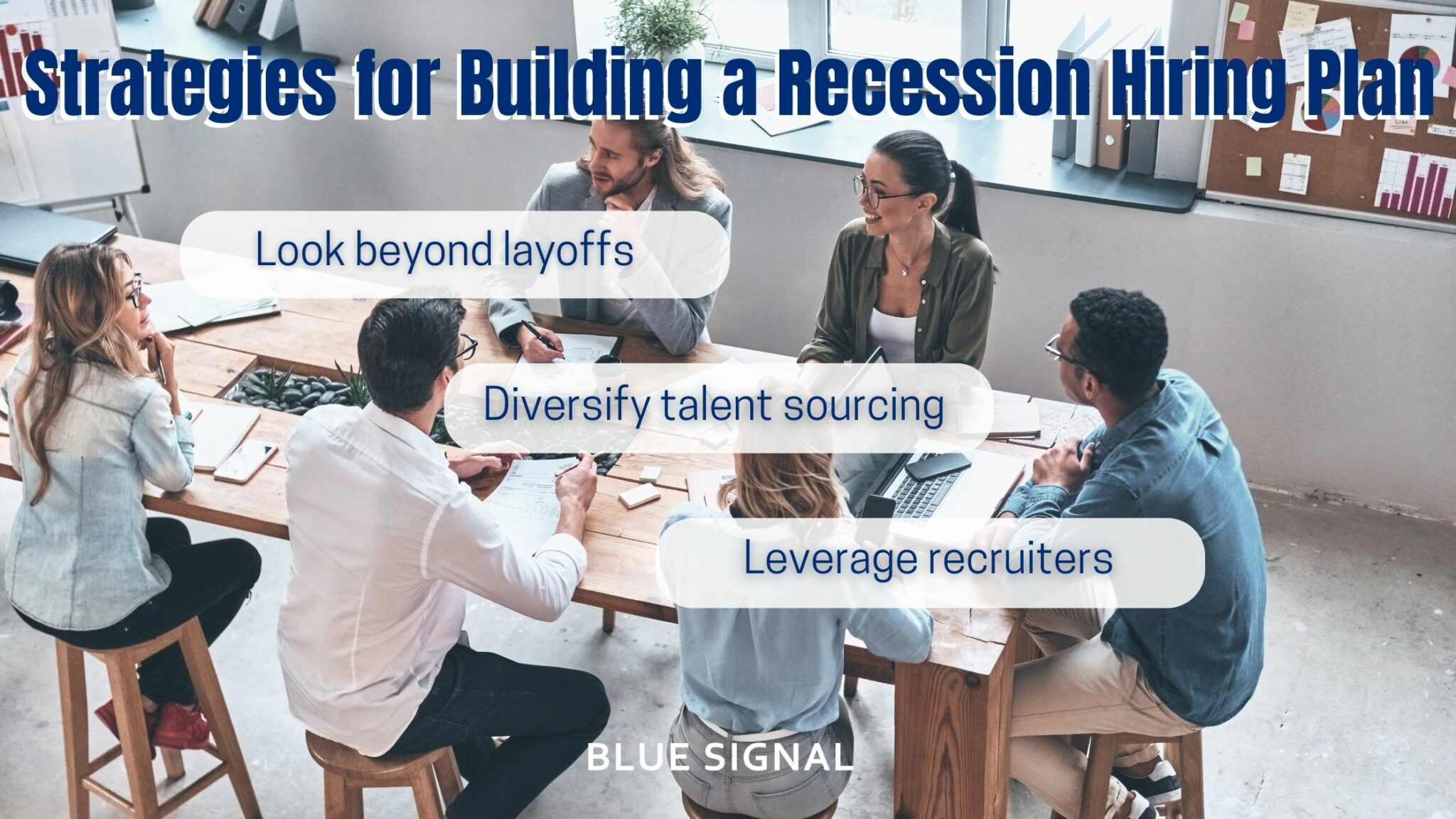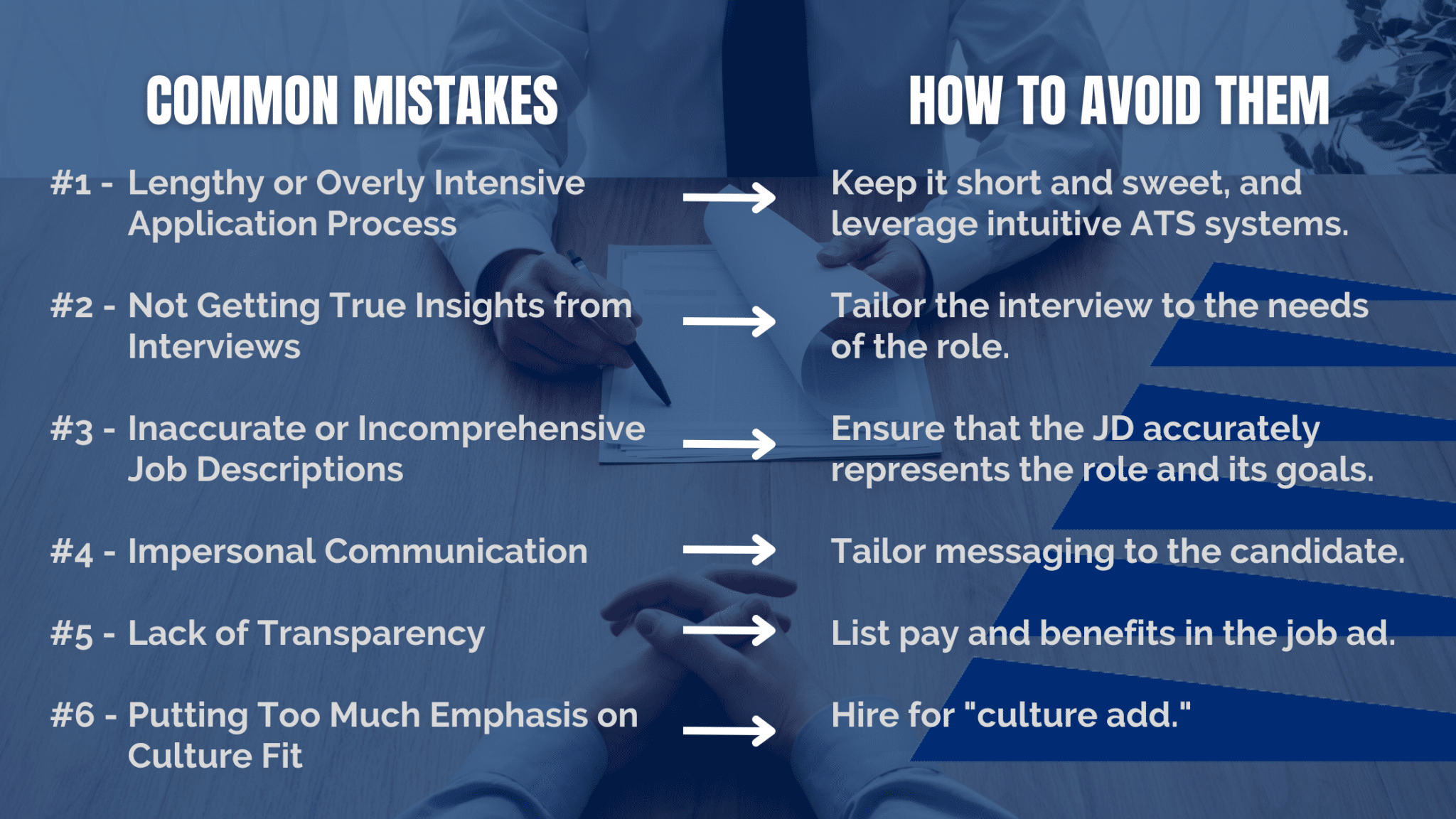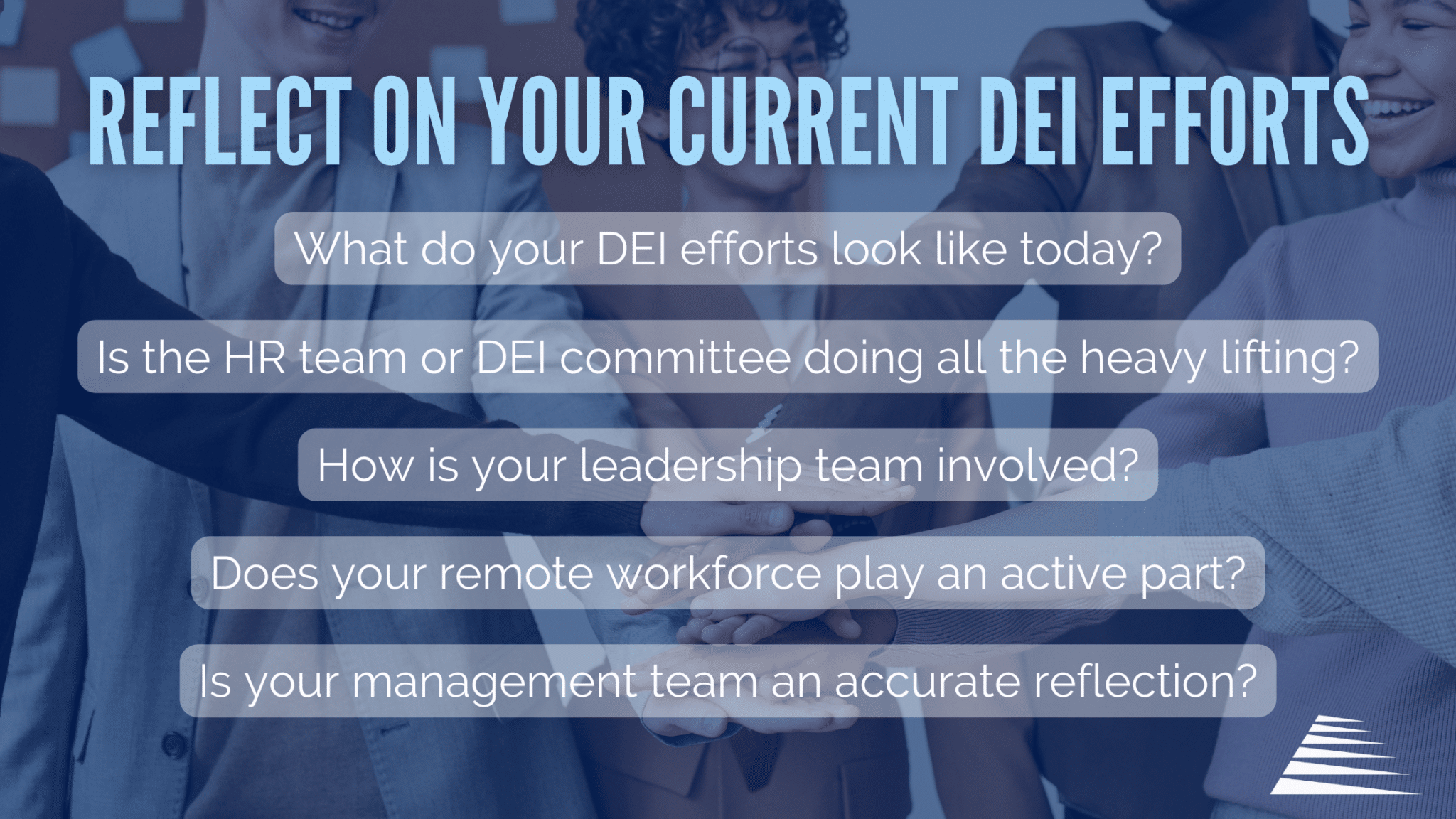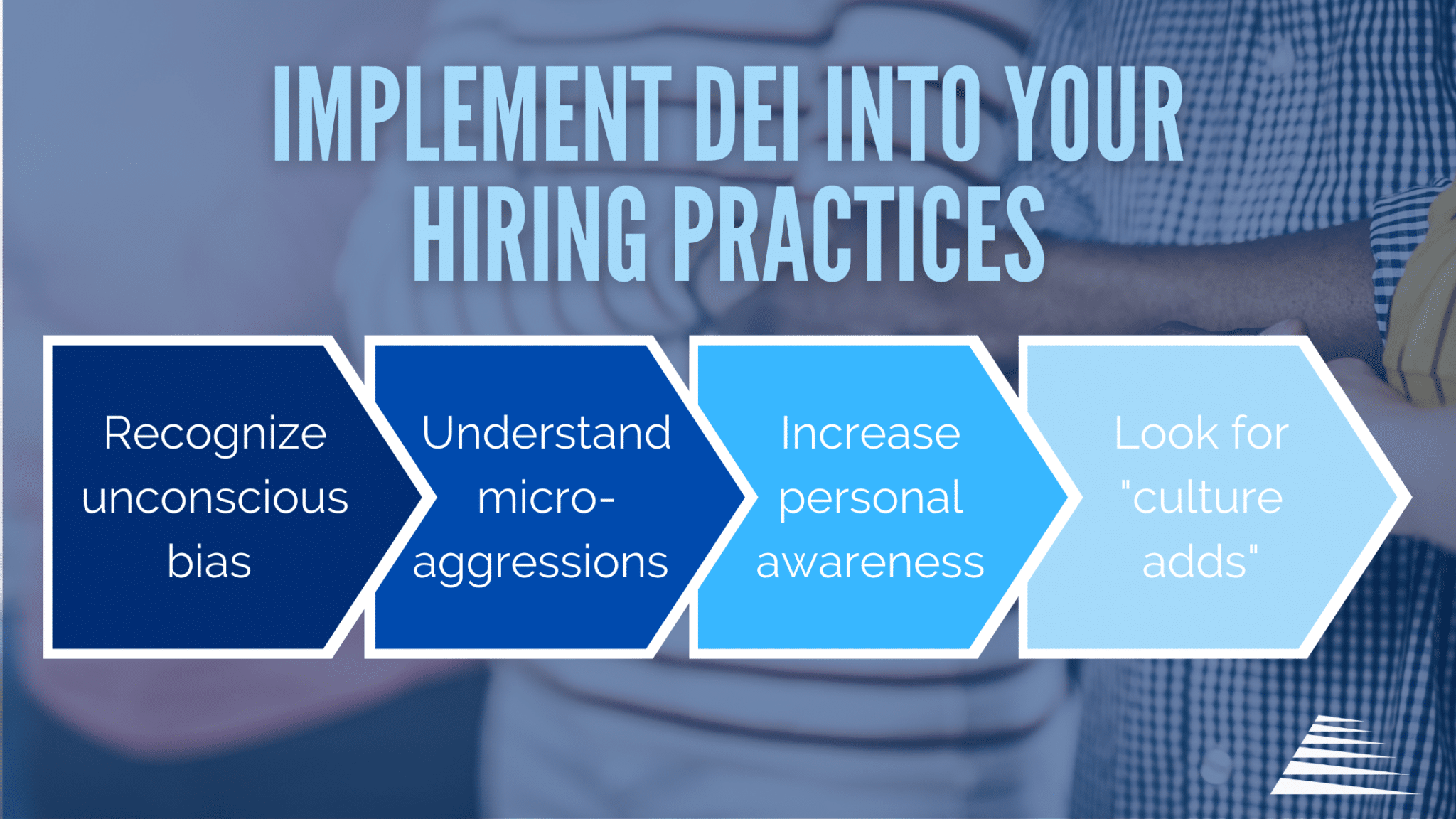In today's competitive corporate environment, finding the right talent is more crucial than ever. According to a recent poll we conducted, hiring managers and business owners emphasized the importance of candidate quality, responsiveness, industry connections, and cost-effectiveness when choosing a staffing agency. But with so many options available, how do you select an agency that aligns best with your company's needs? This guide will delve deeper into these factors and more, ensuring you make an informed decision.
Understanding the Importance of Choosing the Right Staffing Agency
The decision of choosing a staffing agency can be a game-changer for your organization. According to the American Staffing Association, over 3 million people are employed through U.S. staffing agencies each week. This statistic underscores the pivotal role these agencies play in the modern employment landscape. The right agency can provide access to a broader talent pool, offer industry-specific expertise, and reduce the time-to-hire, which can be invaluable in a competitive market. Furthermore, with the evolving nature of the job market, having a reliable partner to navigate these changes can be a significant advantage.
Specialization Matters
Different staffing agencies cater to various sectors, from IT to healthcare to manufacturing. When choosing a staffing agency, it's essential to select one that specializes in your industry. A specialized agency will have a deeper understanding of the skills required, industry trends, and the challenges specific to the sector. For instance, the manufacturing industry has seen a significant shift in recent years, with a growing emphasis on automation and digital transformation. In fact, our recent article on navigating the manufacturing workforce evolution delves into the importance of upskilling and reskilling in this sector.
An agency well-versed in manufacturing will be better equipped to find candidates adept at navigating these changes. Moreover, specialized agencies often have established relationships with professionals in the field, ensuring a faster and more accurate matching process. This specialization can be the difference between finding a candidate who merely fits the role and one who excels in it.
Reputation and Track Record
In the age of online reviews and testimonials, it's easier than ever to gauge an agency's reputation. Look for agencies with positive feedback, especially from companies in your sector. Additionally, consider the agency's track record in terms of successful placements, client retention, and candidate satisfaction. A reputable agency will often have case studies or success stories that showcase their expertise and the results they've achieved for clients. Remember, a company's reputation is often built on years of consistent performance and client satisfaction.
Cultural Fit
Beyond skills and qualifications, it's essential to find candidates who align with your company's culture. A good staffing agency will prioritize understanding your company's ethos, values, and work environment. This ensures that the candidates they recommend will not only be skilled, but also a good cultural fit, leading to better retention and productivity. It's a well-known fact in HR circles that employees who align with a company's culture tend to be more engaged, productive, and loyal. This alignment can lead to increased job satisfaction and reduced turnover, both of which are beneficial for any organization.
Transparency and Communication
Open communication is the cornerstone of a successful partnership. The right agency will keep you informed throughout the recruitment process, providing regular updates and feedback. They should also be transparent about their fees, terms of service, and any other pertinent details. In an industry where trust is paramount, clear and consistent communication can make all the difference. A transparent relationship ensures that both parties are on the same page, leading to better outcomes and a smoother recruitment process.
The Role of Technology
Modern staffing agencies leverage technology to streamline the recruitment process. From AI-driven candidate matching to advanced analytics for market insights, technology plays a pivotal role in modern recruitment. Choose an agency that harnesses the power of technology to offer more efficient and effective solutions. The integration of technology can significantly reduce the time-to-hire, ensuring that companies can quickly onboard the talent they need. In today's digital age, not leveraging technology can put companies at a disadvantage.
The Cost Factor
While it's tempting to go with the most affordable option, it's essential to understand the value an agency brings. A more expensive agency might have a vast network, advanced tools, and a proven track record, offering better value for money in the long run. It's crucial to weigh the cost against the potential benefits and long-term ROI when choosing a staffing agency. Investing in a premium agency can often lead to better talent matches, reducing turnover costs in the long run. Remember, the cheapest option isn't always the best when it comes to long-term value. If you’re considering choosing a staffing agency to partner with, be sure to check out what sets Blue Signal Staffing apart from the competition.
Long-Term Partnership
Consider your relationship with the staffing agency as a long-term partnership rather than a one-off transaction. An agency that's genuinely invested in your success will go the extra mile, offering post-placement support, ongoing training for candidates, and regular check-ins to ensure everything is running smoothly. This long-term perspective can be invaluable, especially as your company grows and evolves. A partnership approach ensures that the agency is always aligned with your company's goals and objectives.
Final Thoughts
Choosing the right staffing agency is a strategic decision that can significantly impact your organization's success. By considering the factors mentioned above and conducting thorough research, you can find an agency that aligns with your needs and helps you navigate the complexities of the modern employment landscape. If you're interested in further insights on this topic, our previous blog post offers a deep dive into the benefits of staffing agencies for businesses.
In the words of Henry Ford, "Coming together is a beginning, staying together is progress, and working together is success." Partnering with the right staffing agency embodies this sentiment, paving the way for collaborative success. And if you're considering choosing a staffing agency, Blue Signal Staffing is here to support and guide you every step of the way.
